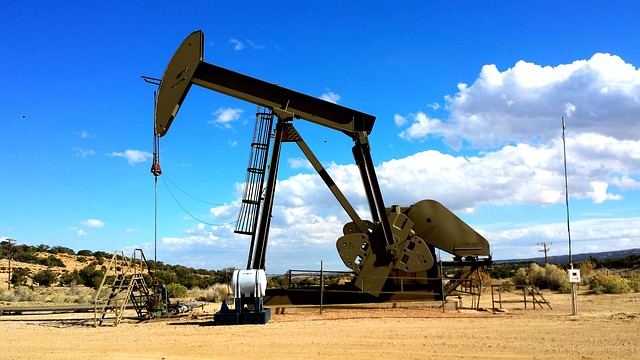Russia's oil output in the first five days of May fell to 8.75 million barrels per day (bpd), close to its production target of 8.5 million bpd for May and June under a global deal to cut crude supplies, two sources familiar with the data told Reuters.
Together with gas condensate, or light oil, which is not part of Russia's target, the country's output was 9.5 million bpd for May 1-5, the first time it has fallen below 10 million bpd since August 2009. While the latest data, which showed production of 1.296 million tonnes per day including gas condensate, was only for the first few days since the deal kicked in on May 1, it shows Russia is following through on its pledges so far.
Russia's energy ministry did not immediately respond

Russia's energy ministry did not immediately respond to a request for comment. Reuters uses a ratio of 7.33 barrels per tonne to calculate the daily output in barrels. Russia's gas condensate output is typically about 700,000-800,000 barrels a day. A group of leading oil producers known as OPEC+ including Russia and Saudi Arabia agreed last month to cut crude supplies to combat the fallout from the coronavirus, which has hit economic activity and demand for fuel around the world.
Under the global pact, Russia has pledged to reduce its crude oil output in May and June by 2.5 million bpd from a baseline of 11 million bpd. In April, the month before the deal came into force, Russia produced an average 11.35 million bpd. Last month, oil prices fell to their lowest in more than two decades due to the slide in demand during the pandemic combined with overproduction and a lack of crude storage capacity.
Prices have since recovered slightly as some countries end coronavirus lockdowns and producers curb their supply. Russia's average monthly oil and gas condensate output fell to 9.97 million bpd in August 2009 but then remained above 10 million bpd until this month, thanks to new fields coming online such as Vankor, operated by energy giant Rosneft.








